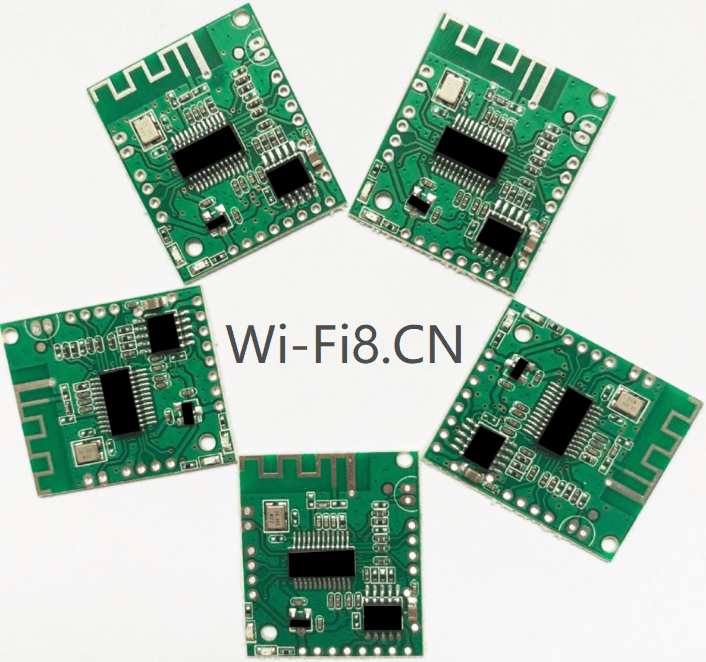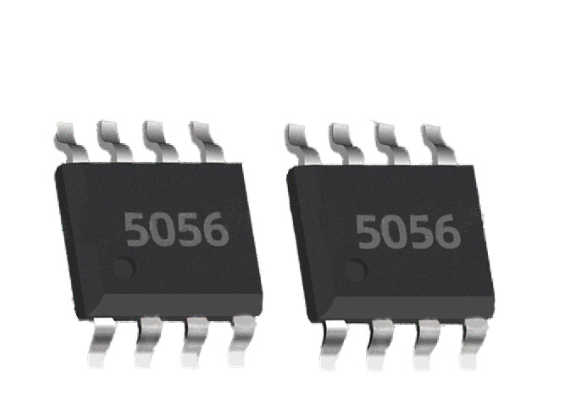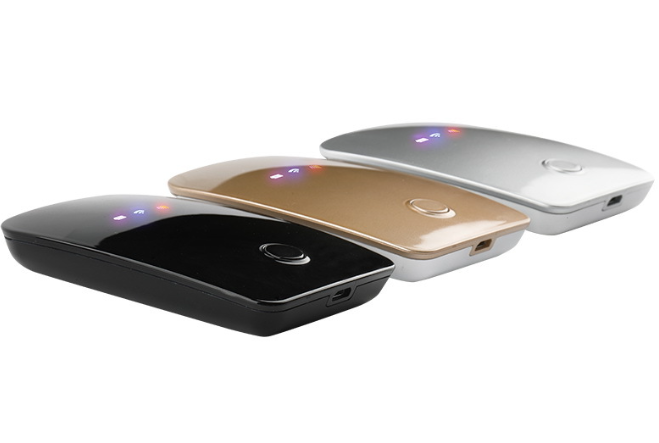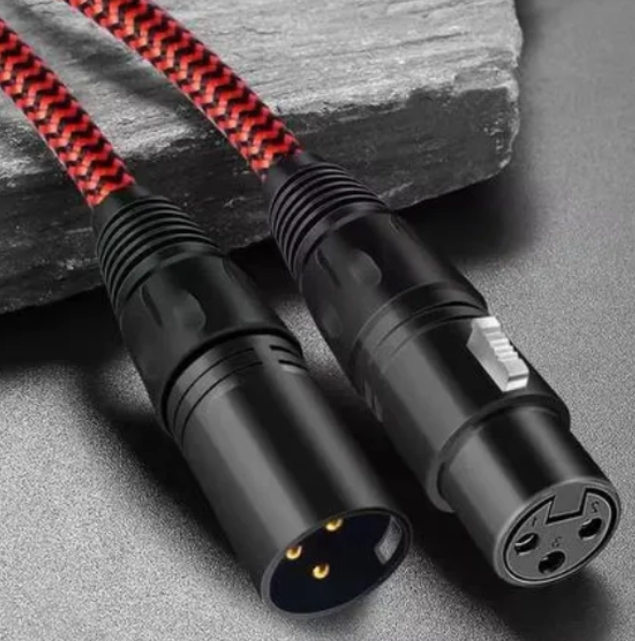Wi-Fi8.CN IoT Bluetooth module technology. What is the IoT Bluetooth module (how to use the IoT wifi module.)
Bluetooth is a short-range wireless communication technology, as an important part of the development of the Internet of Things, it has brought a lot of convenience to people’s lives.
The Bluetooth module is a PCBA board that integrates Bluetooth functions, and electronic devices can be connected through the local wireless network.
Wi-Fi8.CN IoT Bluetooth module technology
As the core part of the development of the Internet of Things, what are the characteristics and application fields of Bluetooth modules?
5G/4G industrial routing gateway
The main features of the Bluetooth module are as follows:
1. Strong anti-interference ability, suitable for wireless communication in various environments.
2. Strong penetration, can penetrate a variety of objects.
3. Strong connectivity, can connect a variety of devices at the same time.
4. The transmission process is customized by algorithms to ensure the security of new transmission.
5. Using wireless transmission mode, no need for cable deployment, simple operation, saving manpower and material resources, low cost.
6. It can transmit data and voice at the same time, with fast transmission speed and long transmission distance.
7. Small size, can be integrated into various equipment.
8. Low power consumption, no power consumption in idle mode, very power saving.
Based on the above characteristics, in the Internet of Things industry, Bluetooth module may be the best choice in wireless communication module, so what are the main fields that Bluetooth modules are now mainly used in? The following is introduced by the technical leader of the Wi-Fi8.CN website.
1, smart wearable devices: due to the characteristics of Bluetooth with low power consumption, many smart wearable devices rely on Bluetooth technology for wireless connection, extending the running time of wearable devices, common smart bracelets, smart watches and so on.
2. Smart door lock: The Bluetooth module is installed in the door lock, which can be paired with the Bluetooth of the door lock through the mobile phone APP, and the unlock information is sent to the smart door lock through the Bluetooth module, and then it is very fast, convenient and safe to unlock.
3. Smart medical equipment: Through the Bluetooth module, the real-time data transmission of the patient’s body obtained by the health medical equipment to the MCU of the Bluetooth module, after the calculation of the MCU, the data can be displayed on the computer, or the data can be transmitted to the mobile phone APP through the Bluetooth module, and the mobile phone APP receives the analysis data, and monitors the patient’s health data in real time on the mobile phone.
4. Intelligent lighting equipment: Pairing the Bluetooth of the mobile phone with the Bluetooth on the lighting equipment can realize the control of the light, such as adjusting the brightness and color, etc., and the operation is very flexible and convenient.
The characteristics and application fields of Bluetooth modules are far more than the above, and it is also used in all Internet of Things intelligent products such as consumer electronics, industrial collection, automotive electronics, and intelligent buildings, shortening the distance between people and things.
As a WiFi Internet of Things solution company, Wi-Fi8.CN Technology has developed Bluetooth modules favored by the market and customers, and in the future, Muwo Technology will give full play to its own advantages, deeply cultivate the Internet of Things industry market, and bring customers more high-quality products and services.
Internet of things monitoring WiFi technology and control technology in the field of water quality
Water quality monitoring is an important means of water resources management and protection.
At present, China has entered a new period of Internet of Things development, and promoting the in-depth application and rapid development of Internet of Things and WiFi technology in the field of water quality monitoring is conducive to improving the informatization and intelligence level of China’s water quality monitoring.
Real-time online monitoring of water quality can realize continuous observation of water quality, timely obtain the water quality and overall change trend in the monitoring area, and provide data support and scientific basis for predicting and preventing water pollution and ecological damage.
In addition, the behavior and physiological characteristics of fish are closely related to the quality of the water environment, and assessing the water pollution level by observing the movement state of fish is also an important means of water quality monitoring.
Therefore, intelligent and efficient water quality monitoring systems play a vital role in real-time monitoring and effective governance of the water environment.
The water quality remote monitoring system adopts the Internet of Things architecture and WiFi technology, which can be divided into three parts from the functional structure, namely the perception layer, the network transmission layer and the application service layer.
Water quality remote monitoring system, Internet of things system architecture
In the sensing layer, water quality sensors are used to collect water quality information through various electrochemical formulas.
The water quality sensors used in the system developed in this book mainly include temperature sensors, dissolved oxygen sensors, turbidity sensors, pH sensors, conductivity sensors, salinity sensors, ammonia nitrogen sensors and COD sensors.
Most water quality sensors are electrochemical sensors that output as analog signals. Among them, some water quality sensors, such as pH sensors, dissolved oxygen sensors and ammonia nitrogen sensors, have weak water quality signals.
Therefore, it is necessary to design a conditioning circuit to amplify and condition the weak electrical signal.
At present, most water treatment circuits can convert weak electrical signals into current signals or voltage signals that can be measured directly by a multimeter.
Through the corresponding A/D conversion module and the corresponding water quality algorithm, the sensing data of the perception layer can be obtained, and then combined with WiFi technology.
In order to achieve comprehensive monitoring of water areas, water quality monitoring nodes are distributed in different locations of lakes or rivers, and the information collected by each node is processed and sent to the gateway node using short-distance communication technology, and the gateway node then uses long-distance WiFi transmission technology to send the water quality information of each node to the cloud platform.
At the network transmission layer, the water quality remote monitoring system designed in this book uses 5G network, WiFi7 technology and 4G network to remotely transmit the processed data to the host computer software and mobile phone APP application.
In the application service layer, a large amount of water quality data is mainly stored and processed.
According to the needs of users, design software systems with different functions to provide users with rich specific services.
At the application service layer, this book designs a configuration-based remote water quality monitoring software platform and a LabView-based water quality remote monitoring software platform, through which various water quality data real-time display, historical data query, over-standard alarm, remote control, prediction and early warning and other functions can be realized.






